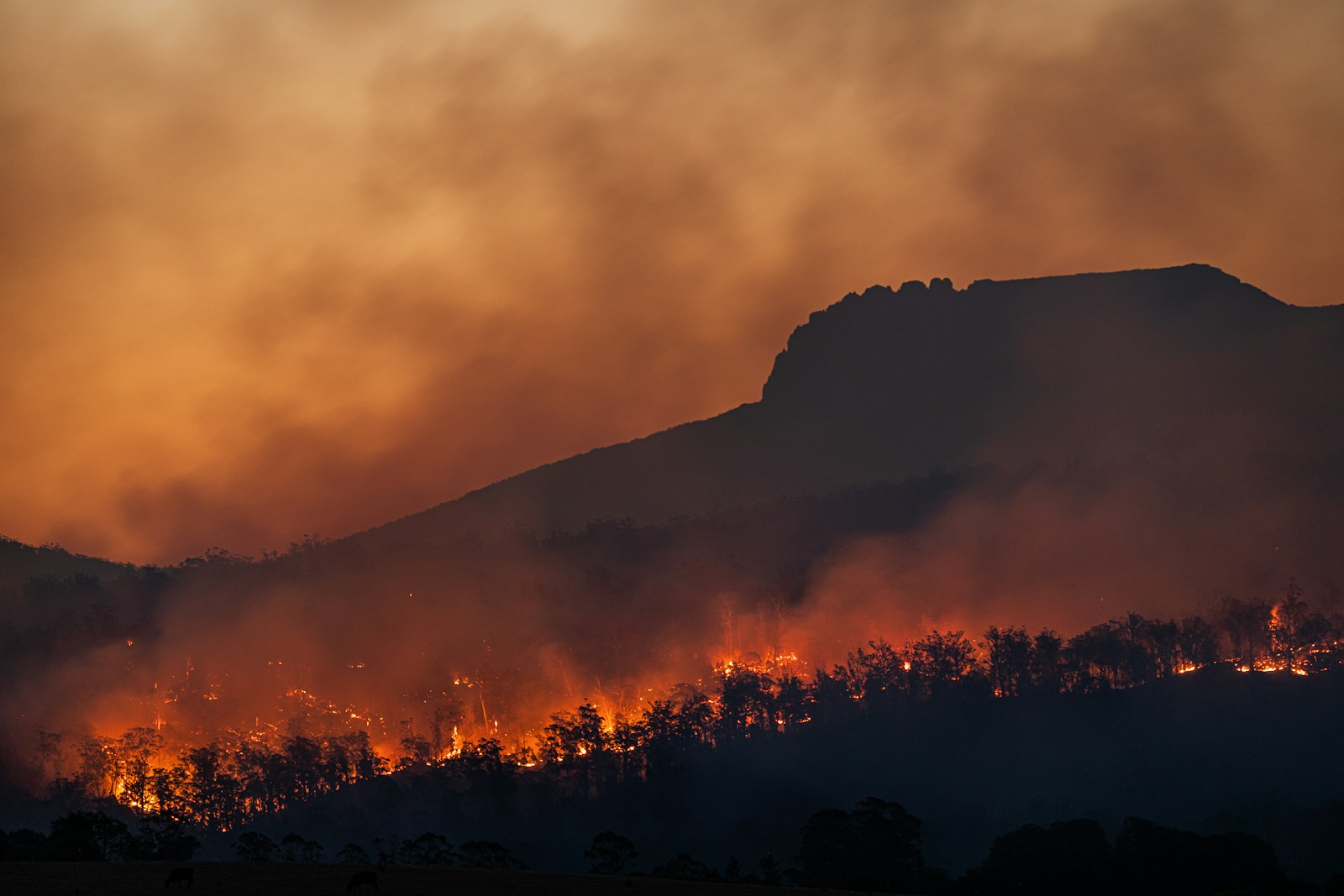Global temperatures hit an unexpected record high last month, defying expectations and raising concerns about accelerating climate change.
Key Points at a Glance:
- January 2025 was the warmest on record, surpassing the previous record set in 2024.
- La Niña, which typically cools global temperatures, was in effect, yet temperatures remained unusually high.
- The first three weeks of January saw extreme global heat, before cooling slightly towards the end of the month.
- A brutal Arctic blast hit North America, yet most of the world experienced above-average temperatures.
- Climate scientists are puzzled by the anomaly, with global heating exceeding previous El Niño-related records.
January’s Unexpected Heat Record
Last month was supposed to mark a decline in global temperatures following the extreme heat seen in late 2024. Instead, January 2025 ended as the hottest January ever recorded. According to climate scientist Zeke Hausfather, global temperatures for the first three weeks of the year were significantly above average, before dropping just before month’s end.
Even more surprising, this record was set despite the presence of La Niña, a climate phenomenon known for its cooling effects. Historically, previous record-setting Januaries, such as in 2007, 2016, and 2020, were influenced by El Niño, which tends to warm global temperatures. But this time, El Niño had already dissipated, making the continued warming trend even more alarming.
Hausfather, a Senior Fellow at the Breakthrough Institute, notes that global temperatures over the past few months have exceeded or matched the highest ever recorded after an El Niño event. Typically, after El Niño weakens, a cooling trend follows—but that didn’t happen this time. Scientists are still working to understand why temperatures remained so high even with La Niña’s usual influence.
Extreme Weather Patterns: Heat vs. Cold
If you live in Canada or the United States, you might be skeptical of these record-breaking temperatures, given the Arctic blast that swept across the region on January 20–21. But if you were in Alaska, the record warmth might make more sense. While North America faced frigid conditions, most of the rest of the world was unusually warm.
This highlights a crucial distinction: weather is not climate. Weather refers to short-term atmospheric conditions in a specific place, while climate describes long-term trends across broad regions. A cold spell in one area does not negate the broader warming trend observed worldwide.
Looking ahead, weather models suggest cooling in the Northern Hemisphere in the short term, making it less likely that February will also set a new global heat record. However, January’s unexpected extreme temperatures could signal an overall warmer year than previously predicted.
Scientists continue to monitor these trends closely, as the persistence of high temperatures outside of typical patterns raises serious concerns about the pace of climate change and its long-term consequences.
